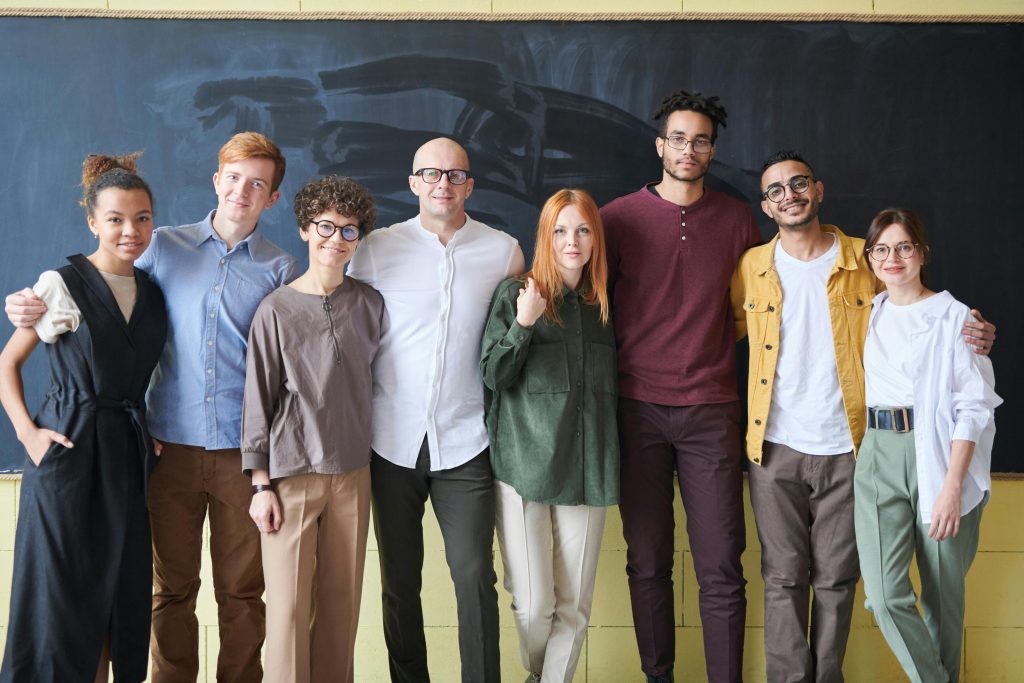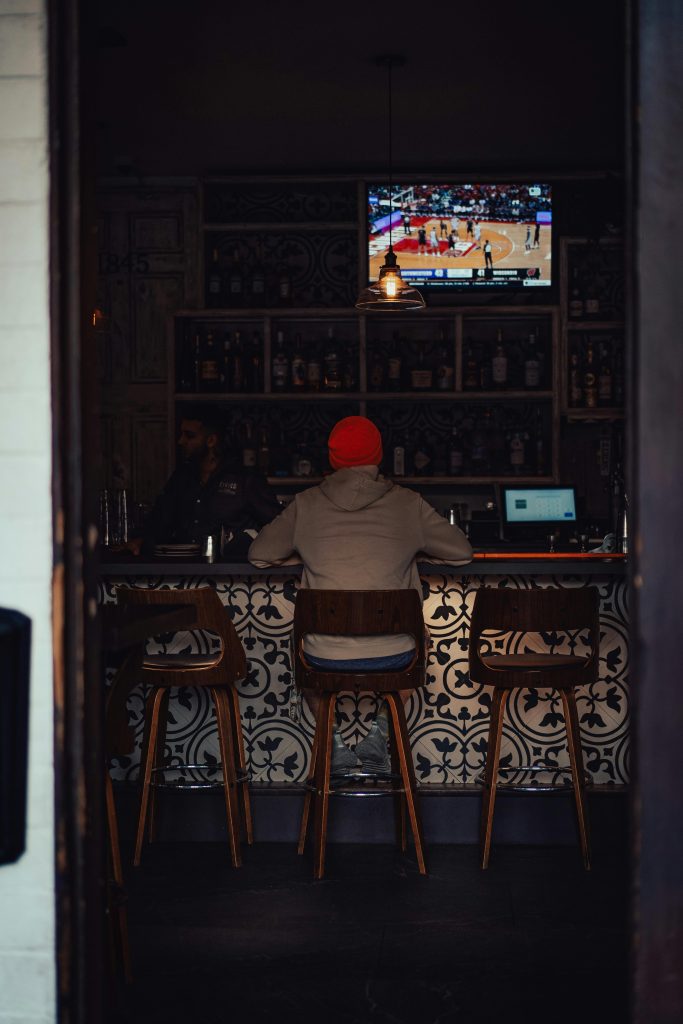1 Chapter 1: Understanding Captions, Transcripts, and Audio Descriptions
Accessibility is not just a feature but a necessity, ensuring that everyone, regardless of their abilities or disabilities, can access, understand, and benefit from digital content. Digital accessibility encompasses a wide range of practices and technologies designed to remove barriers that can prevent individuals with disabilities from using digital platforms. This includes people with visual, auditory, motor, and cognitive impairments who require additional support to engage with web content, applications, and multimedia.
Captions, transcripts, and audio descriptions stand at the forefront of this inclusivity effort, serving as essential tools in the quest to create universally accessible content. Captions provide a textual version of the audio content in videos for those who are deaf or hard of hearing, while transcripts offer a written record of both audio and video content, beneficial for people with hearing impairments and those who prefer reading to listening. Audio descriptions fill in the visual gaps by describing significant visual details in videos, ensuring that individuals who are blind or have low vision can fully comprehend the visual content.
Together, these components do more than just comply with legal standards; they embody the spirit of inclusivity, ensuring that all users have equal access to information and educational resources. By integrating captions, transcripts, and audio descriptions into digital content, creators can significantly enhance user experience, making the digital world a more welcoming place for diverse audiences. This chapter delves into the definitions, importance, and impact of these critical accessibility tools, laying the groundwork for a deeper understanding of how to implement them effectively and why they are indispensable in creating inclusive digital environments.

What are Captions?
Captions are textual representations of the audio content in multimedia, such as videos or live broadcasts. They are designed to include dialogue, identify speakers, and describe other auditory cues that might be significant, including background noises or sound effects. Captions make multimedia content accessible to individuals who are deaf or hard of hearing by providing a visual means to understand audio information.
Types of Captions
Captions primarily come in two types: closed captions and open captions. Subtitles are a third form of captions.
Closed Captions (CC): These can be toggled on or off by the viewer. Closed captions are not visible until the viewer chooses to display them, offering flexibility for those who do not need them. They are widely supported across various media players, online platforms, and television broadcasts.
Open Captions: Unlike closed captions, open captions are permanently embedded into the video and cannot be turned off. This means that every viewer sees the captions regardless of their hearing ability, ensuring accessibility is always in place but reducing flexibility for viewers who might prefer an unobstructed view of the video.
Subtitles: These are textual representations of the dialogue in multimedia content, primarily intended for viewers who do not understand the spoken language but can hear the audio. Unlike captions, which are designed to provide access to individuals who are deaf or hard of hearing by including non-dialogue audio information (like sound effects or speaker identification), subtitles assume the audience can hear the audio and focuses solely on translating the speech.

While captions and subtitles have distinct purposes—accessibility for the deaf and hard of hearing vs. language translation—their implementation often overlaps in the digital space to serve a broader audience. Modern digital platforms and content creators are increasingly recognizing the need to provide both options, enabling all users to choose according to their preferences or needs.
Importance for the Deaf and Hard of Hearing Community
For the deaf and hard-of-hearing community, captions are more than a convenience; they are a crucial tool for accessing information, entertainment, and educational content. Captions enable individuals with hearing impairments to engage with multimedia fully, participate in cultural and social activities online, and access vital information without barriers.
While captions are indispensable for individuals with hearing impairments, their usefulness extends to a broader audience:
Language Learners: Captions can aid in language learning by providing written dialogue alongside spoken words, helping learners to improve their listening and reading comprehension.
Educational Settings: In educational videos, captions can reinforce understanding by ensuring students catch every word, even in noisy environments or in cases where the audio quality is poor.
Noisy or Sound-Sensitive Environments: Captions enable viewing in environments where audio cannot be heard, such as in crowded places, or in settings where silence is required, such as libraries.
Cognitive and Learning Disabilities: For some individuals with cognitive and learning disabilities, captions can facilitate comprehension by offering an additional pathway for processing information.
Captions exemplify the principles of universal design—creating products and environments to be usable by all people, without the need for adaptation or specialized design. By incorporating captions into multimedia content, creators adhere to accessibility standards and enhance the viewing experience for a diverse audience.

Activity
This H5P activity aims to reinforce your understanding of captions in making content accessible.

